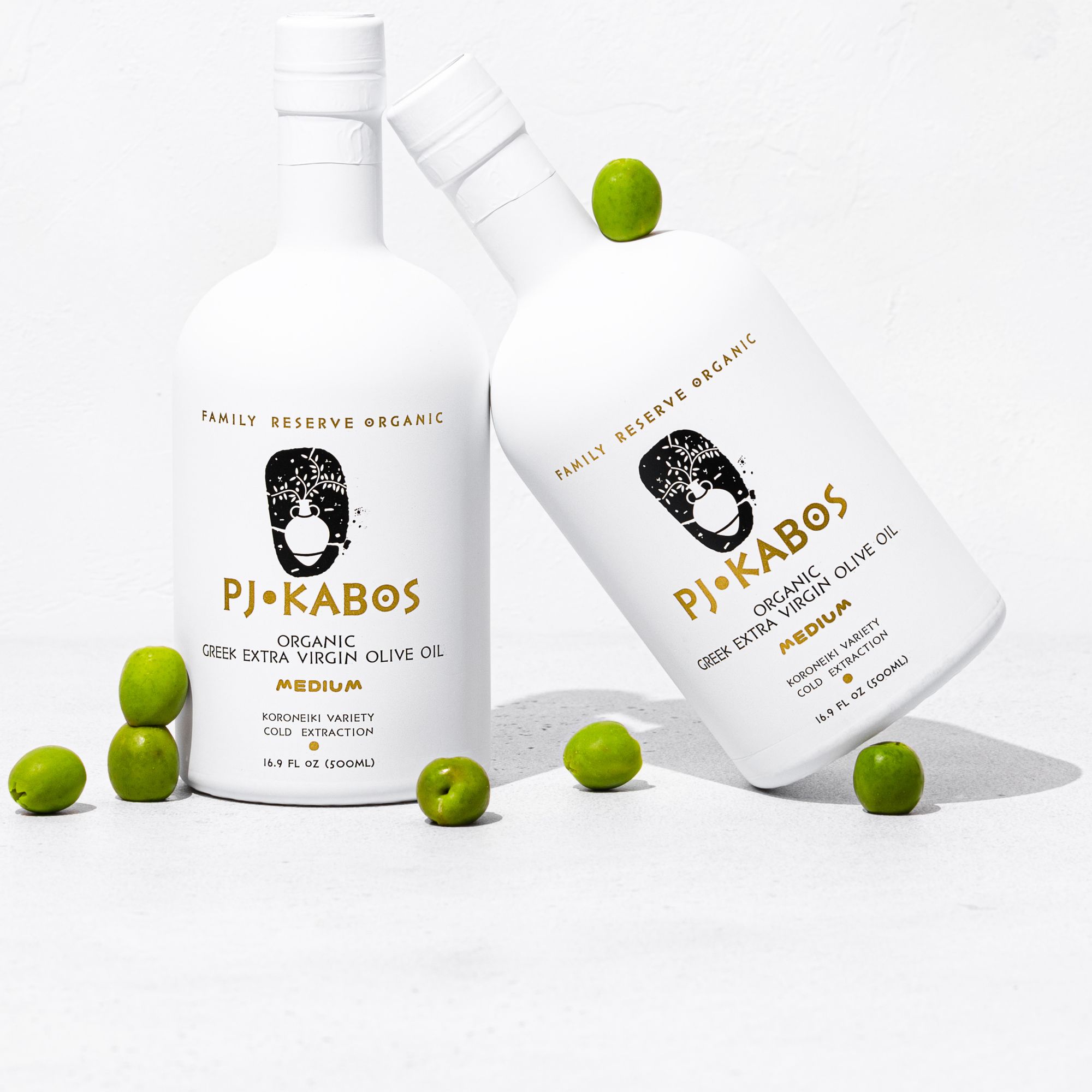In the vast world of olive oils, the terms "extra virgin" and "regular" often pop up, leading to confusion for many consumers. These two categories differ significantly in terms of production, taste, nutrient content, and culinary use. This article elucidates the distinctions between extra virgin and regular olive oil, assisting you in making an informed decision for your cooking and health needs.
1. Production Process
Extra Virgin Olive Oil (EVOO):
- Extraction: Obtained from the first cold pressing of olive fruits without the use of heat or chemicals.
- Standard: Must meet stringent standards for acidity and purity.
Regular Olive Oil:
- Extraction: May involve heat or chemical processing, often blended with some cold-pressed oils.
- Standard: Less strict standards, may contain more acidity and defects.
Why It Matters:
- EVOO: Offers pure, unadulterated olive oil flavor and maximum nutrient retention.
- Regular Olive Oil: Less robust flavor and potentially fewer nutrients.
2. Flavor Profile
EVOO:
- Taste: Rich, robust, and varied flavor profiles depending on olive type and region.
- Color: Generally deeper, vibrant hues.
Regular Olive Oil:
- Taste: Milder, less distinct olive oil flavor.
- Color: Lighter color.
Why It Matters:
- EVOO: Ideal for dishes where olive oil flavor is prominent.
- Regular Olive Oil: Suited for cooking methods where olive oil flavor is not central.
3. Nutrient Content
EVOO:
- Nutrients: Higher levels of antioxidants, vitamins, and monounsaturated fats.
- Health Benefits: Contributes to heart health, anti-inflammatory effects, and overall well-being.
Regular Olive Oil:
- Nutrients: Potentially fewer nutrients due to heat or chemical processing.
- Health Benefits: Still offers health benefits, though potentially to a lesser extent.
Why It Matters:
- EVOO: Superior choice for maximum health benefits.
- Regular Olive Oil: Provides health benefits but may be less potent.
4. Culinary Use
EVOO:
- Use: Ideal for salads, drizzling, or dishes where its rich flavor can shine.
- Smoke Point: Lower smoke point, not suitable for high-heat cooking.
Regular Olive Oil:
- Use: Better for high-heat cooking, frying, or baking.
- Smoke Point: Higher smoke point.
Why It Matters:
- EVOO: Use for raw applications or low to medium heat cooking.
- Regular Olive Oil: Opt for high-heat cooking methods.
5. Price Point
EVOO:
- Generally more expensive due to the meticulous production process and higher quality standards.
Regular Olive Oil:
- More affordable option.
Why It Matters:
- EVOO: Worth the investment for flavor and health benefits.
- Regular Olive Oil: Budget-friendly, suitable for everyday cooking needs.
Conclusion
Distinguishing between extra virgin and regular olive oil is vital for maximizing both the culinary and health benefits of these oils. Extra virgin olive oil, with its superior flavor, nutrient content, and health advantages, is ideal for dishes where its distinct taste can shine. Regular olive oil, on the other hand, is a cost-effective and versatile option for various cooking methods, especially high-heat applications. Understanding these differences empowers you to choose the right olive oil for your specific needs, ensuring satisfying flavors and optimal health benefits in your culinary adventures.
PJ KABOS 'Family Reserve Organic - Medium'
High Phenolic and 2022 Gold-Award Winner.
Declared as 'One of the World's Best Olive Oils'.
Click here to shop.




